Mustafa Kamel
The Hamza Division has become one of the main components of Turkish President Recep Tayyip Erdogan’s mercenaries achieving his goals and aspirations in Libya, after he lavishing them with money, funding and military training in Syria to pave the way for his forces’ aggression to gain access to Libyan territory after Ankara announced its support for the militias loyal to Fayez al-Sarraj’s Government of National Accord (GNA).
Presence in Libya
At the end of December 2019, the Hamza Division supervised one of the centers working to attract mercenary fighters to Libya, as the Syrian Observatory for Human Rights confirmed that the Afrin area north of Aleppo, Syria witnessed the opening of four centers to attract fighters within the headquarters of the pro-Turkey factions. An office was opened under the supervision of the Hamza Division in the former Asayish building.
Members of the Hamza Division participated in the combat operations against the Libyan National Army (LNA) and resorted to transferring the fighting methods they had learned during the years of war in Syria. Pro-LNA news sites revealed on Wednesday, January 15 through video clips how pro-Turkish Syrian mercenaries are transferring the war plans they were practicing in Idlib and Eastern Ghouta to Libya, using booby traps to stop the LNA’s progress in a number of areas.
A military source from the Turkish-backed armed factions revealed the transfer of nearly 200 fighters from the Hamza Division to Libya, led by a militia commander named Abu Bakr.
Cooperating for Erdogan’s benefit
The Hamza Division worked to provide full support for the benefit of its first financier – Ankara – by clearing the way for Erdogan’s forces to take control of important parts of Syria. The militia also supported Turkish forces in their aggression against Syria in the Euphrates Shield and Olive Branch operations.
During the Turkish military intervention in the Syrian war in late August 2016, the Hamza Division was the first to enter the Syrian city of Jarabulus from the town of Carchemish in the Turkish province of Gaziantep, accompanied by Turkish soldiers, and they took over the city.
The German magazine Der Spiegel said in a report, “Syrian military groups participated in these Turkish military moves at a time when the groups consisted of men who came from multiple regions such as Idlib and Aleppo, and formed support units such as the Hamza and Sultan Murad divisions and others.”
Violations against Syrians
The Hamza Division committed a number of violations against Syrians, particularly in Aleppo and areas near the Syrian-Turkish border. On January 20, its gunmen attacked one of the currency exchanges in the Ashrafieh neighborhood of Afrin due to a difference in the price of the US dollar against the Syrian pound, according to the Syrian Observatory. The dispute developed, and the armed elements affiliated with the Hamza Division stormed the cashier’s workspace, stole $2,300, and then fled.
Hamza Division militants took advantage of Syrians escaping the war and destruction on January 13, particularly from the city of Ras Al-Ain, where they looted their homes, resided in them, and turn them into weapons stores.
The Hamza Division emerged from the womb of the Free Syrian Army and was created on April 23, 2016 from the merger of five combat brigades. It has approximately 6,500 Arab, Turkmen, and Kurdish fighters, who were equipped with the aim of fighting the Syrian Arab Army under the pretext of confronting and fighting ISIS, in the service of Turkish ambitions in Syria.

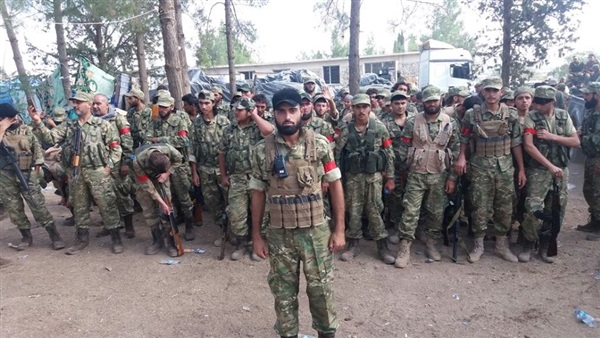


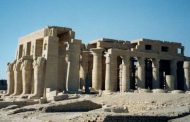



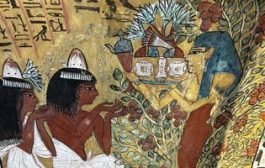


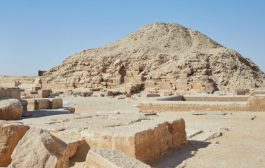
















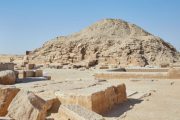
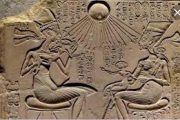










admin in: How the Muslim Brotherhood betrayed Saudi Arabia?
Great article with insight ...
https://www.viagrapascherfr.com/achat-sildenafil-pfizer-tarif/ in: Cross-region cooperation between anti-terrorism agencies needed
Hello there, just became aware of your blog through Google, and found ...